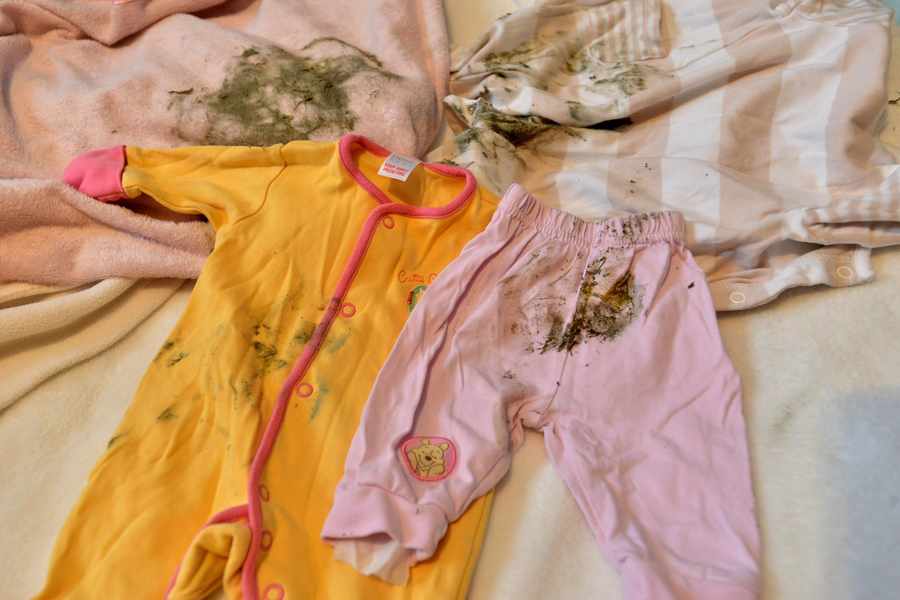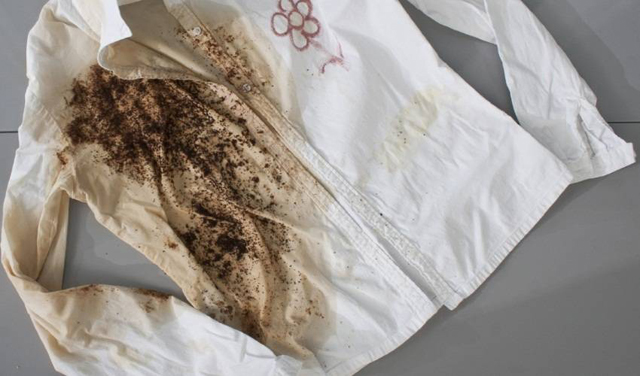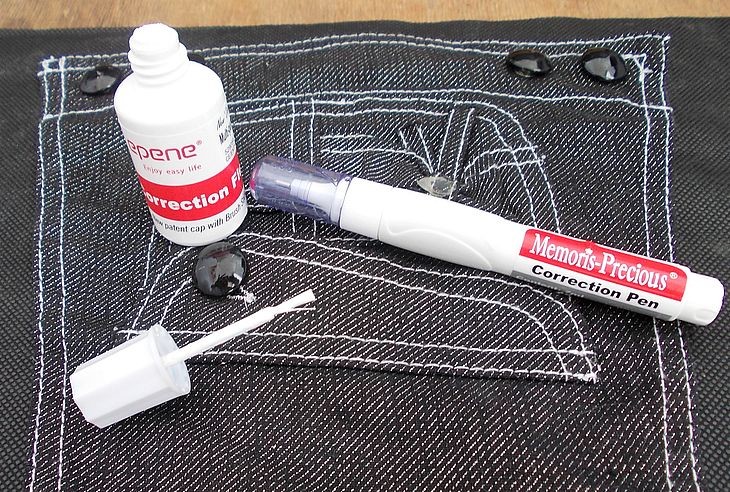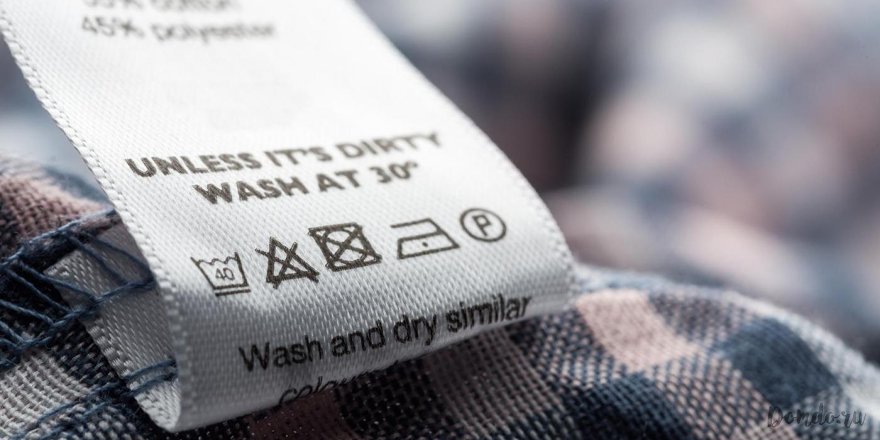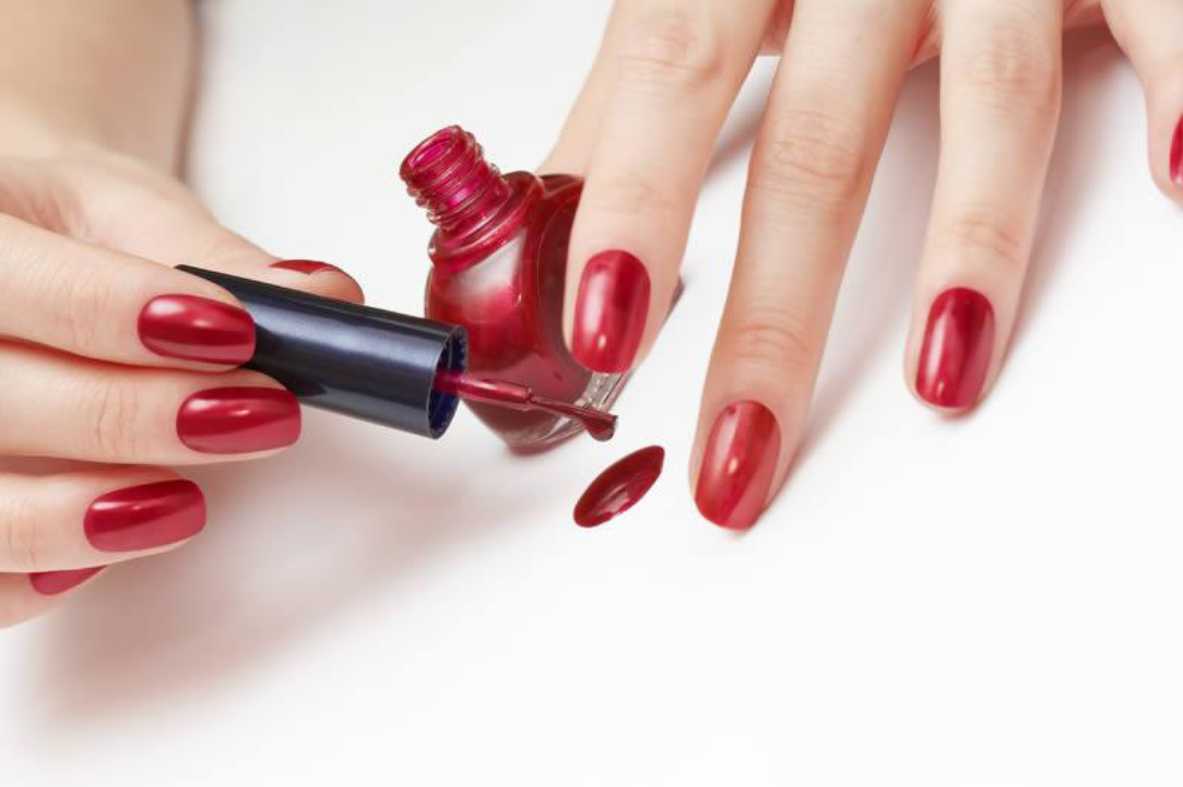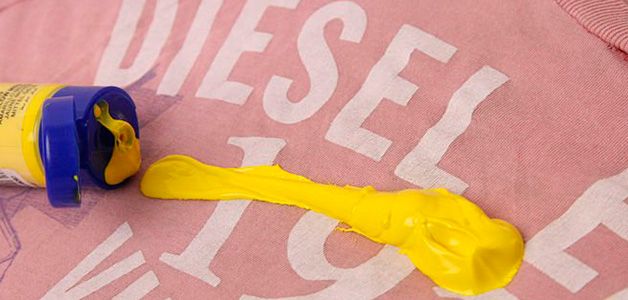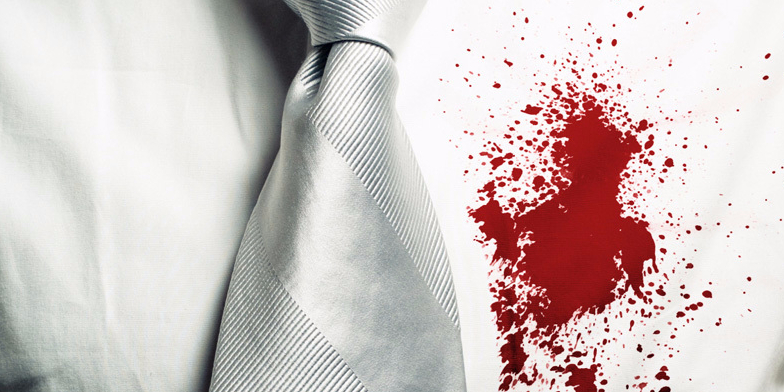Unfortunately, mold can appear not only in the corners of damp rooms. Unpleasant stains on clothes spoil the aesthetic appearance of things and can seriously affect human health. How to wash mold from clothes without ruining them? You can use both industrial and folk remedies. In this case, be sure to take into account the quality of the fabric and its color. But first of all, it is important to establish the cause of the mold fungi.
Reasons for the appearance
Mold is a microscopic fungus that can live and develop on any organic surface, destroying it. Optimal conditions for its appearance and reproduction are a warm, damp (humidity above 50-60%) environment, lack of ventilation. To get rid of the problem once and for all, it is important to determine the source of the unpleasant smell or stains:
- Lack of good ventilation in storage systems. Even if you only put clean clothes on the shelves, you need to periodically open the furniture doors for ventilation;
- Tight placement of clothes in a tightly closed closet. In a tight space, fungus also develops quite quickly, so it is better to wash unnecessary things and put them away;
- Do not put things in the closet after wearing, especially if you did sports or worked hard the day before and your clothes are soaked with sweat. If it is not possible to store worn clothes separately, it is worth allocating other shelves for them. And let the clean wardrobe be stored in another section of the closet.
It happens that there are no unpleasant stains, but the clothes have a characteristic mold smell. In this case, you also need to clean the things.
Methods of processing products
To maintain the aesthetic appearance of your wardrobe and not spoil things, it is worth choosing the right product or method for removing stains and eliminating odors. How to get rid of mold on clothes? You need to take into account the composition of the textile - what material the products are made of. Although there are several folk methods that help fight mold on all types of fabric:
- Table vinegar is a universal means of removing mold. Fill a container with water and add 9% vinegar (dilute a glass of vinegar in 5 liters of water). Soak dirty clothes in the solution and leave to soak for about an hour. Then wring out and wash with regular detergents. If you can’t get rid of the mold, repeat the procedure. It is advisable to dry things in a well-lit and ventilated place. This method can not only remove unpleasant stains, but also get rid of mustiness;
- Laundry soap will help in the fight for wool, cotton, linen fabrics. It is grated on a coarse grater and dissolved in a container with water. A concentrated solution is needed. Clothes are soaked and kept in the solution for 10-12 hours. Then the items are washed, paying special attention to dirty areas. If you did not manage to clean the clothes right away, you should soap the moldy areas again and leave for 2-3 hours.
- Antikipyatin products (washing powder, gel, soap) are excellent for cleaning clothes from mold. The contaminated areas are covered with gel or soaped, leaving for some time (as recommended by the manufacturer). Then the items are hand washed in warm water.
When working with any fabric, it is recommended to first test the product on inconspicuous areas of the garment (inner seam).
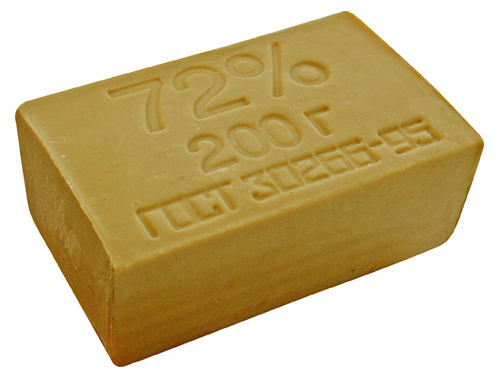


Made from natural fabrics
The main natural plant fibers are cotton, flax, and hemp. Common natural fabrics include cambric, chiffon, chintz, satin, and denim. Each textile has its own characteristics that must be taken into account before removing stains.
Cotton fabrics are hygroscopic, "breathe", have a fine structure, and are easy to care for. The material is easy to wash, dries quickly, and is quite resistant to chemicals, even chlorine-containing ones. But at the same time, fabrics can quickly lose color, especially easily fading in the sun. Cotton items are inexpensive, and this is a significant plus. Linen fabrics are highly hygroscopic (easily absorb moisture and release it), are very durable, breathable, and resistant to dirt (do not accumulate dust and are quickly cleaned).
Considering the distinctive features of textiles, it is easier to choose means for removing mold from cotton and linen clothes:
- Fresh mold stains can be removed using onions or tomatoes. Peel the onion and grind it thoroughly in a blender. The resulting gruel is placed on the damaged area and left for half an hour. Then remove the onion and wash the items as usual. Tomato pulp or juice can be used as an alternative to onions, but it is better to use them on dark, single-color or patterned fabrics so that you don’t have to look for advice on how to get rid of tomato stains;
- Small mold stains can be removed with ammonia. Prepare a mixture of a tablespoon of ammonia and a tablespoon of salt (it is better to take Extra). Apply it to the stains with a napkin and rub well. The mold on the clothes should disappear from active actions. The method can be used when cleaning thick textiles. Ammonia does not discolor fabrics, but preliminary testing on an inconspicuous area will not hurt. Due to the pungent odor, it is recommended to clean things outdoors;
- How to remove mold from light-colored material? Bleaches work great on natural fabrics. In order not to spoil the item, it is recommended to read the manufacturer's instructions first. The procedure is as follows: items are washed in regular water. Then boiled for about 30 minutes in a bleach solution. Clothes are rinsed thoroughly and dried in the sun;
- How to remove mold from linen fabrics? A salt solution and ammonia are excellent. Pour a teaspoon of ammonia into 0.5 liters of hot water and add a tablespoon of salt. Soak the damaged area in the mixture and leave for half an hour. It is better to wash the items with laundry soap. Get rid of the smell by drying the clothes in the wind.
Chlorinated lime is suitable for tidying up white clothes made of thick fabrics. First, prepare a concentrated solution: 10-15 g of lime per liter of water. Then dilute a liter of the solution in 10 liters of water. Soak the items for 2-3 hours, then wash and rinse well. Dry in the sun. Since chlorine is quite a caustic substance, cover the container with the solution or carry out the procedure in the open air.
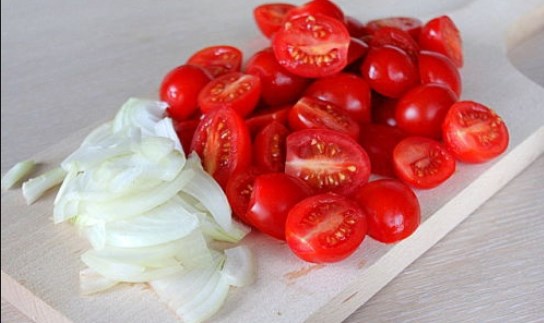

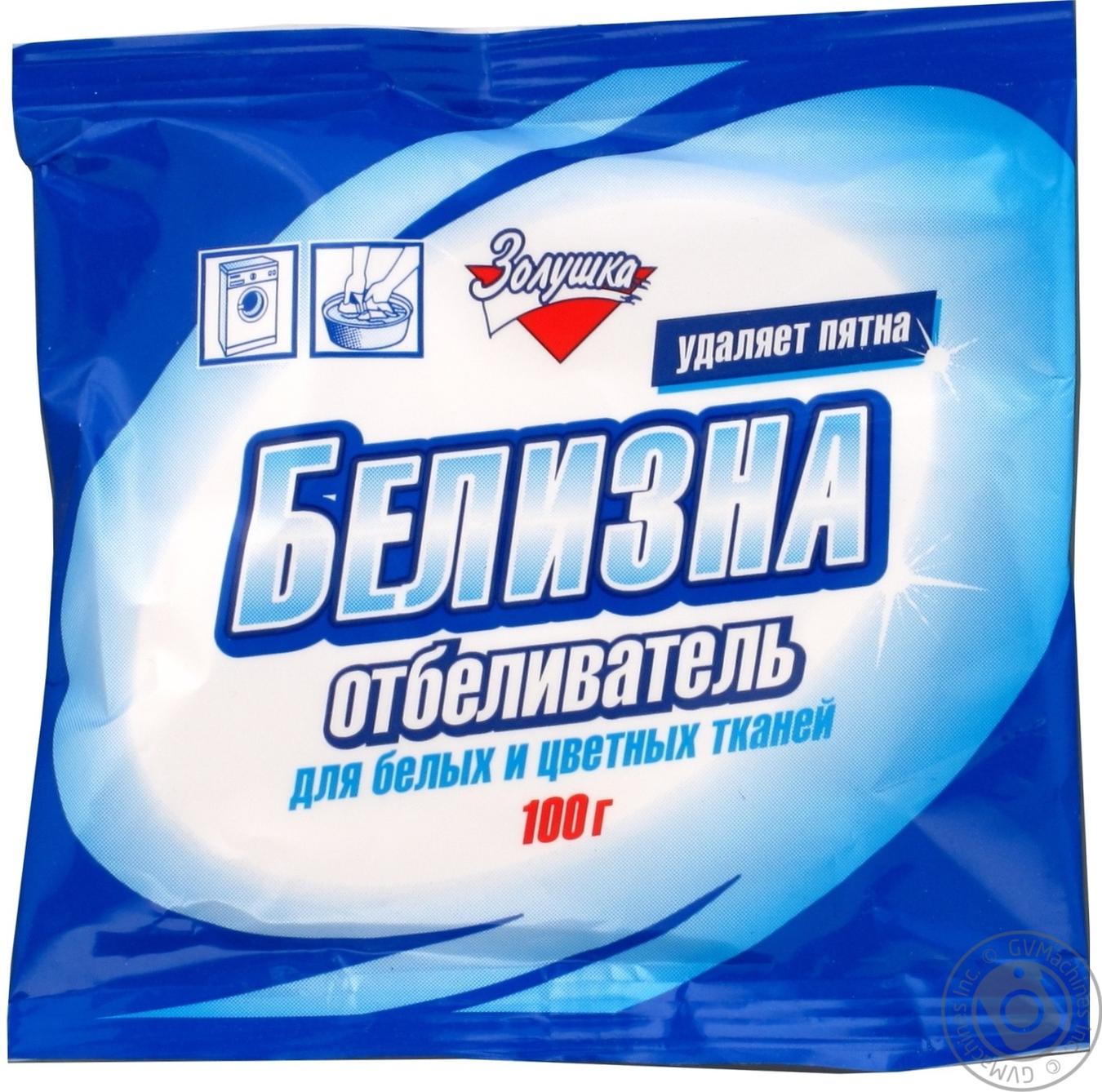

Wool
The most popular woolen materials are cashmere, gabardine, velour, tweed, felt. Several fabric features can be distinguished:
- It is recommended to wash textiles by hand;
- The clothes do not accumulate dust, are resistant to dirt and do not retain odors for a long time;
- The hygroscopicity parameters of different types of wool differ (gabardine practically does not absorb water);
- Lightweight clothing made from thin fabrics ventilates well.
How to wash mold off clothes? The following means and methods are used:
- Wet a cloth with turpentine and wipe the moldy area. Then sprinkle a little baby powder on the stain, cover with paper or a thin cloth and iron with a cool iron. After the procedure, wash the items in warm water with regular detergents;
- When using sour milk, the affected areas are soaked and left in the product for 10-15 minutes. Then the item is carefully washed and rinsed.
How to get rid of the smell of mold on clothes? It is necessary to wash things with ordinary detergents. Dry the products in the open air for at least 12 hours.
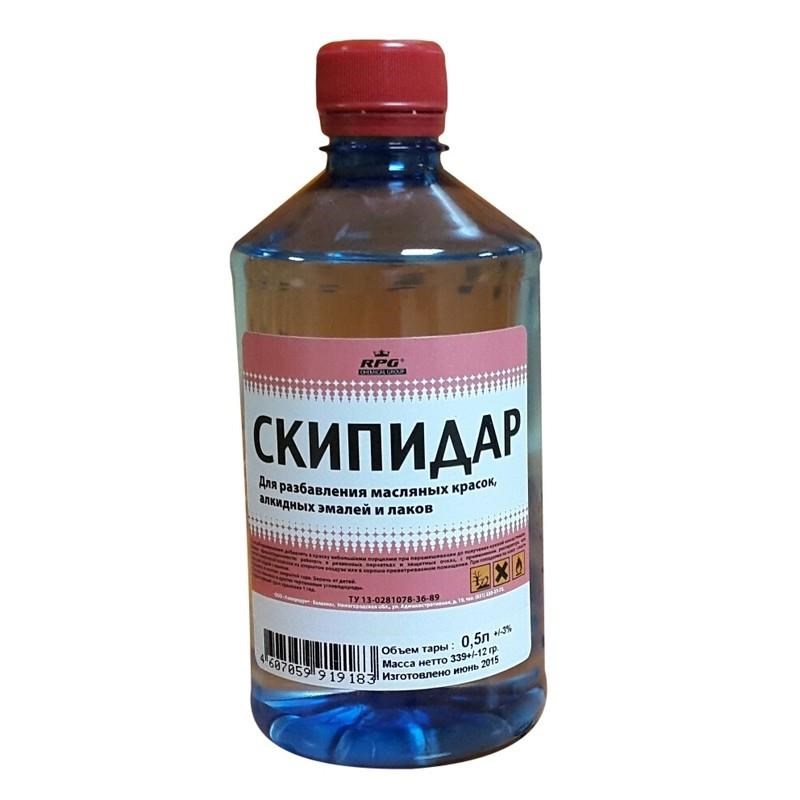

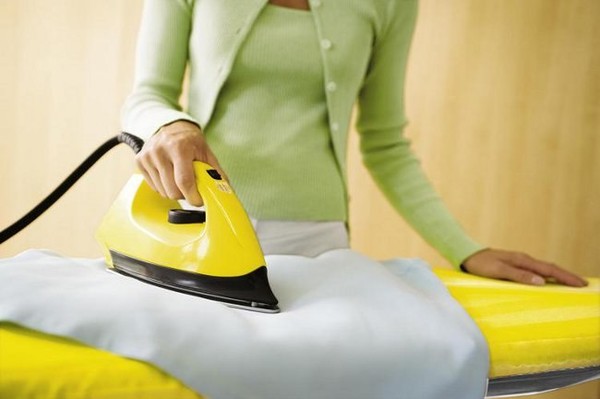
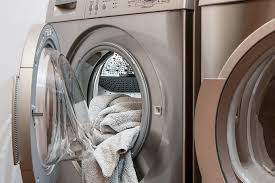
Synthetics
The most common material is nylon, which is made from polyamide. The fabric is lightweight, highly wearable, elastic, and retains color well, is airtight and poorly absorbs water. When processing, it should be taken into account that the fabric does not tolerate chlorine-containing detergents well.
How to remove mold from synthetic clothing? It is recommended to use ammonia. It is diluted in water in a 1:1 ratio and the affected area is treated with the solution. Then the fabric is washed and rinsed. Since the material does not tolerate high temperatures, the items are not dried in direct sunlight.
Preventive measures
There is no point in cleaning clothes from mold if it is in the closet. Therefore, if you do not disinfect the furniture, then unpleasant stains will constantly appear on things. If the closets are clean, then the following actions will prevent the spread of fungus and help eliminate the smell of mold:
- After washing, items should dry well. Clothes ironed with a steamer should be aired in an open place for some time;
- Cabinets should not be placed close to the wall;
- The best option is if the cabinet is exposed to sunlight. You can simply open the doors and the rays will do a great job of killing the mold;
- It is advisable to place moisture-absorbing bags between stacks of clean items;
- Woolen items and outerwear are periodically taken out of the closet and aired in the fresh air. The best option is to hang the items on hangers so that direct sunlight falls on the clothes.
In the fight against mold, all means are good (without harming clothes). The main thing is to avoid dampness, keep the products clean and dry them regularly.
Video

